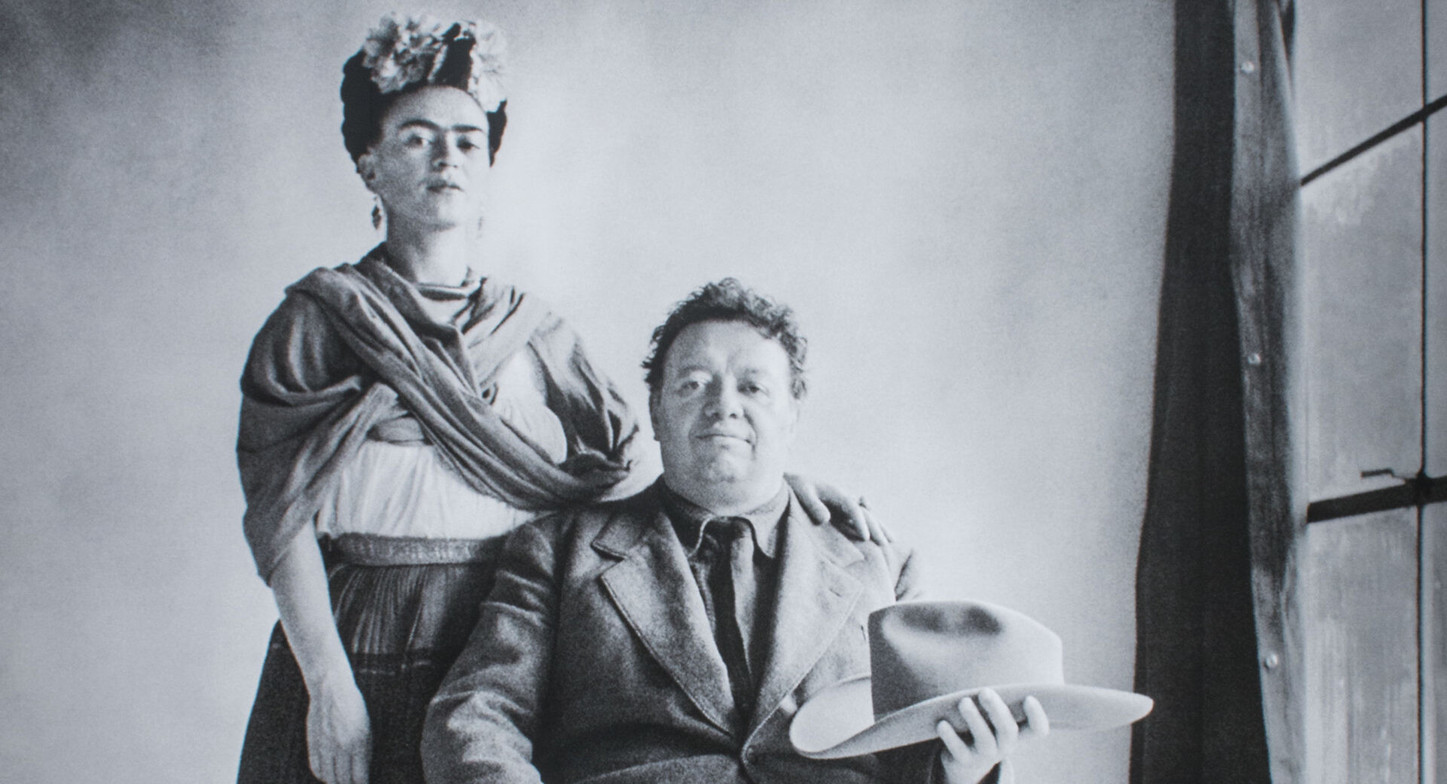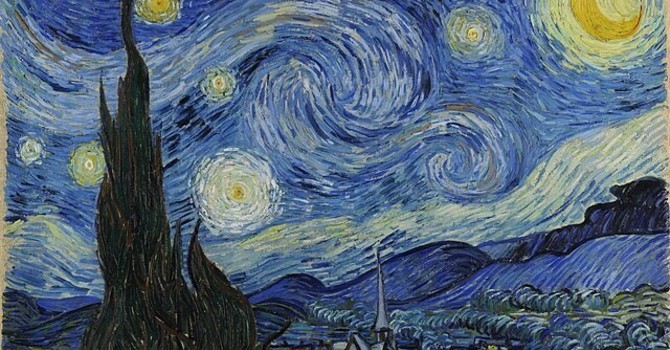
Lessons from Frida Kahlo: How Art Helps Us Heal
Frida Kahlo’s art is a raw and unfiltered reflection of her life—her pain, resilience, and search for identity. Beyond self-expression, painting became her way of reclaiming control over her pain and emotions, helping her process suffering and make sense of a world that often felt out of her control. Looking at Frida Kahlo's relationship with art helps us understand just how powerful the act of creating can be.
A Life Marked by Pain
At just 18 years old, Frida’s life changed forever when a near-fatal bus accident left her with severe injuries, including a fractured spine and pelvis. She endured multiple surgeries and lifelong pain, spending months in bed recovering. Isolated and unable to move, she began painting. A mirror was installed above her bed so she could see herself, and from that moment, painting became a means for her to process trauma and regain a sense of control over her body and emotions.
Transforming Trauma into Art
Her paintings often blurred the lines between physical and emotional pain. Rather than hiding her grief, she laid it bare on the canvas, confronting her pain with unflinching honesty. One striking example is Henry Ford Hospital (1932), where she painted herself lying in a hospital bed, tethered by umbilical-like cords to floating symbols of loss—a fetus, a snail, a flower—each representing facets of her grief.
Frida’s willingness to depict suffering in its rawest form challenged societal expectations, especially for women at the time. She refused to conceal the physical and emotional toll of her experiences, instead turning them into works that demanded to be seen and felt. Her pain was not a weakness but a profound source of creative power.
Throughout her life, Frida painted what she felt, not what she thought others wanted to see. She refused to soften her pain or make it more palatable. Instead, she embraced its rawness, using her brush to process and externalize what weighed on her internally. Each brushstroke became an act of defiance, resilience, and self-definition.
Self-Portraits as Self-Understanding
Frida once said, “I paint myself because I am so often alone and because I am the subject I know best.” Her self-portraits go beyond physical likeness—they are emotional landscapes, depicting everything from heartbreak to resilience. In The Broken Column (1944), she presents herself with an exposed spine resembling a shattered Ionic column, nails piercing her body, yet standing tall. It’s not just an image of suffering but a declaration of endurance.
Creating in Isolation
In many ways, Frida’s art was her lifeline. Whether confined to a hospital bed or emotionally isolated by heartbreak, she turned to painting as a way to remain connected to herself. Her art was not just an escape—it was a way to face her reality head-on.
Frida’s life is a testament to the power of creativity as a tool for survival. Her paintings invite us to look at our own struggles not as something to be hidden but as something that can be transformed. Through art, she found a way to tell her story on her own terms—turning pain into something that could be seen, felt, and understood.
Like Frida, we all have the ability to transform our emotions through creativity. Art offers a space to explore, express, and even reshape our inner world. Whether you're navigating personal challenges or simply seeking a deeper connection with yourself, creative expression can be a profound source of relief and self-discovery. If you’re curious about how art can be a therapeutic tool in your own life, consider learning more through a session with Elizabeth Lashar. She can help guide you in using creativity as a means of reflection, healing, and growth.

Green Mountain Holistic Healing
Contact Me




